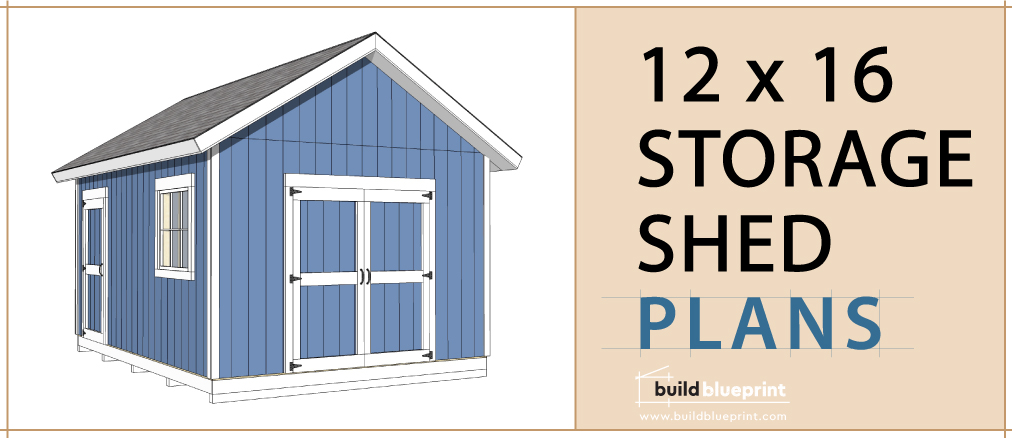Wednesday, 6 November 2024
12x16 garden shed plans for beginners: a diy guide

Hey there, fellow DIYer! Are you dreaming of a tidy garden, free of clutter, and a place to store all your tools and lawn equipment? Building your own 12x16 garden shed is a fantastic project that can bring both satisfaction and practicality to your yard.
Don't be intimidated by the size. This guide is designed for beginners, with clear instructions and tips to help you every step of the way. Let's get your shed project rolling!
### Step 1: Planning and Preparation
First things first, you'll need a plan. Measure your desired shed location and decide on the best placement. Consider factors like sunlight, drainage, and proximity to your house. Think about how you'll access the shed, and whether you'll need to move anything to make space for it.
Next up, gather your materials! Here's a basic list for a 12x16 shed:
Lumber: You'll need pressure-treated lumber for the foundation and floor, and regular framing lumber for the walls and roof. Consider the type of wood you want - pine is affordable, while cedar is more durable.
Plywood: You'll need plywood for the sheathing and roof decking.
Roofing Shingles: Choose the type of shingles you like - asphalt, metal, or even cedar shakes!
Doors and Windows: Decide on the size and style you want.
Hardware: You'll need screws, nails, brackets, hinges, and a latch for the door.
Tools: You'll need a saw, drill, hammer, level, tape measure, and maybe a circular saw for cutting plywood.
Pro Tip: Check your local building codes for regulations regarding shed construction.
### Step 2: Building the Foundation
This is the most crucial part of the shed, so pay close attention!
Prepare the Ground: Clear any vegetation and level the area where your shed will sit. If you have uneven ground, you might need to bring in some fill dirt to create a flat surface.
Lay the Foundation: You can use concrete blocks, concrete piers, or even pressure-treated lumber for the foundation. We recommend using pressure-treated 4x4s for a solid base that is easy to work with. Space the posts about 4 feet apart, and then level them carefully.
Add the Floor Joists: These are the beams that run across the foundation and support the plywood floor. Space the joists 16 inches apart, and attach them to the foundation posts with joist hangers.
Install the Subfloor: Lay down your plywood sheets, making sure they are securely attached to the joists with screws.
### Step 3: Framing the Walls
With the foundation in place, it's time to build the walls!
Cut the Wall Studs: Measure the height of your walls, and cut the studs to size. You can use 2x4s or 2x6s, depending on your preference.
Assemble the Wall Frames: Nail or screw the studs together to form rectangular frames for each wall. Use a level to make sure the frames are square.
Attach Sheathing: Nail plywood sheathing to the wall frames. This adds strength and rigidity to your walls.
Create the Door and Window Openings: Measure and cut the openings for your door and windows. You might need to use a saw to cut out these sections.
Pro Tip: Add bracing to your walls to increase their stability. This is especially important in windy areas.
### Step 4: Erecting the Walls
Now, it's time to bring the walls to life!
Attach the Walls to the Foundation: Stand the wall frames in place, and secure them to the floor joists using screws or nails. Make sure they are level and plumb.
Connect the Walls: Once the walls are standing, attach them to each other with corner posts or bracing. Use a level to ensure the corners are square and the walls are aligned.
Pro Tip: Have a helper to lift and hold the walls in place, especially if you're working alone.
### Step 5: Constructing the Roof
Time for the roof!
Create the Roof Trusses: There are a couple of options here. You can buy pre-made trusses from a lumber yard, or you can build your own using 2x4s or 2x6s. If you're building your own, follow plans for constructing rafters and roof sheathing.
Install the Trusses: Lift the trusses onto the top of the walls, and secure them to the wall plates with screws or nails.
Add Roof Sheathing: Once the trusses are in place, you can add the plywood roof sheathing. This will provide a solid base for the roofing shingles.
Install Roofing Shingles: Now it's time to get creative with your choice of roofing. Follow the manufacturer's instructions for installing your chosen shingles.
Pro Tip: Wear safety gear like gloves and a hard hat when working on the roof.
### Step 6: Finishing Touches
You're almost done! It's time to add the finishing touches.
Install Doors and Windows: Secure the doors and windows to their openings, using hinges and latches.
Paint or Stain: Give your shed a fresh coat of paint or stain to protect the wood and add a touch of personality.
Add Interior Features: You might want to add shelves, a workbench, or other features to customize your shed space.
Pro Tip: Use weather-resistant paint or stain to protect your shed from the elements.
### Enjoy Your New Garden Shed!
Congratulations! You've built a beautiful and functional 12x16 garden shed. Now you can enjoy the satisfaction of a job well done, and the peace of mind that comes with having a tidy and organized garden space.
Remember, every step of this project is achievable with the right guidance and a little bit of patience. If you encounter any difficulties, don't hesitate to seek help from a more experienced DIYer or your local hardware store.
Now go forth and build! Your garden will thank you for it.




No comments:
Post a Comment
Note: only a member of this blog may post a comment.